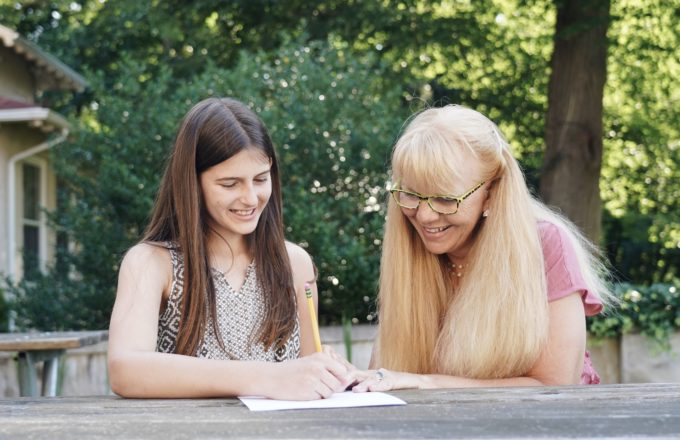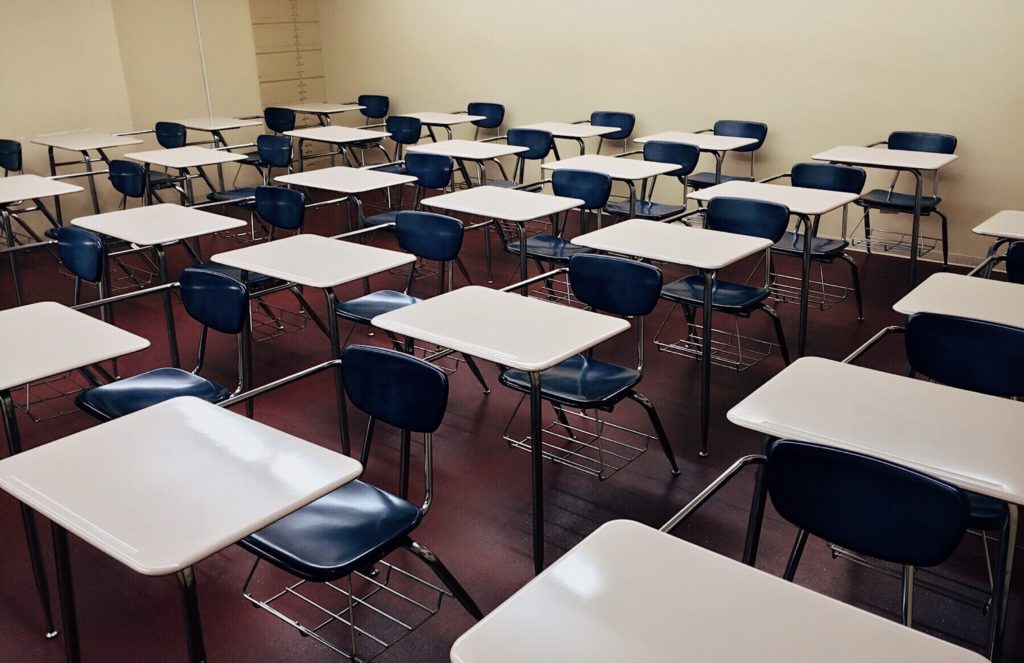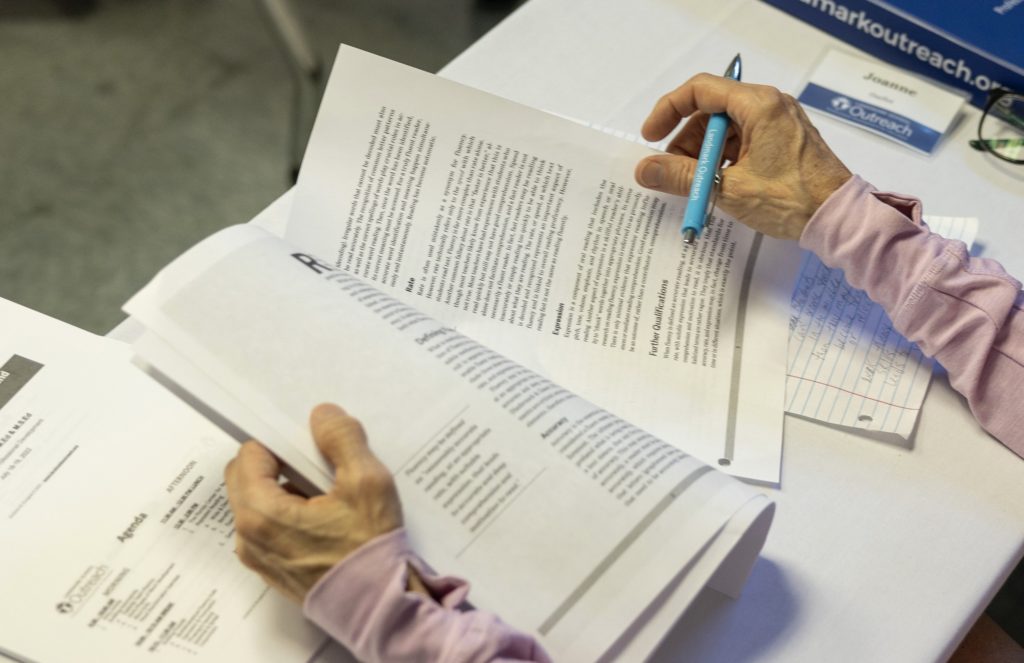Examining My Teaching Practice
Several years ago, I received an email from a former Landmark student who was completing a project for a college class. She was interested in my experiences as a special educator, asking me, “Would you mind describing briefly what it is like to teach students with dyslexia and other language-based learning disabilities and some of the struggles you are faced with?” Like many teachers, I find it challenging to carve out enough time for self-reflection, so I jumped at this chance to examine my own practice, reliving nearly two decades of significant learning experiences.
The thesis of my response was simple: My students have taught me the most valuable and lasting lessons about being a special educator.
First, I learned to think in a new way. When I was in school, I never realized how hard academic tasks might have been for some of my classmates and friends who had learning disabilities. Once I started working in a resource room at a public high school, I gained an appreciation for the daily struggles of having a learning disability by getting to know the small groups of students who came to my classroom each academic block of the day. Sometimes they even showed up to say hello when it was not their class block with me – they saw the resource room as a haven where people understood them. To help these students learn and succeed, I had to shift my mindset and break down academic tasks into sub-skills, making sure to teach, model, and practice each step of an assignment so that reaching the final goal became less daunting for my students. This was not an easy task, and I improved through trial and error, honing failed class activities and trying again. Though it was challenging at first, this new way of thinking (or “micro-uniting,” as identified in the Landmark Teaching Principles™) has helped me to make sure that my students feel successful. In addition, it has helped me to better pinpoint the specific skills that I need to continue teaching.
Also, I realized that I needed to prepare students well for the future while not holding them back in the present. Many students with learning challenges require assistance as they maneuver life at school, but at some point the training wheels have to come off so we can see if they have learned to ride on their own. They might veer off course or fall, but we can help them learn from their mistakes. This course of action sounds easy, but it is often extremely difficult, as well as frightening. Just as parents feel anxiety when their children first move away from home (worrying if they will eat right, remember to brush their teeth, and generally stay out of danger), special education teachers often fear that releasing some of the structure that helped reinforce academic skills might allow students with LBLD to fall back into a dark place (both academically and emotionally). This can be an irrational concern, but it comes from a place of love. I have learned that I need to get over it, though. Students can learn from failures, even if they are devastating at first. It is my job to help them understand what went wrong and support them in the process of picking up the pieces.
Finally, I realized the value of patience and empathy. Every teacher has taught difficult students – the ones who make us cry, complain, swear, and (worst of all) feel completely incompetent. When students deliberately push my buttons or challenge the integrity of my lesson plans, I feel insulted, angry, and inadequate. It’s the same feeling you get when you want to honk and yell at someone who cuts you off in traffic. However, what you don’t know is why they did it. Yes, they might be a jerk or a bad driver … and they certainly come across as such in that moment … but maybe they just found out that a family member was in the hospital or their house is on fire.
While I often felt discouraged in these challenging classroom moments, reflecting on them made me realize that I shouldn’t immediately personalize my students’ behavior. The student who pushes my buttons every day is possibly insecure about their academic abilities and using humor and sarcasm to mask anxiety and fear. The student who refuses to do their work might just need a little extra one-on-one time to practice their skills and gain confidence. Their combative and emotional reactions are not necessarily meant to spite me, but could be defense mechanisms, honed over years of carrying the heavy, yet invisible, weight of being different from their peers. I also need to remember that the kid who quietly gives me a death stare during class might have just broken up with someone or lost a grandparent. They don’t hate me; they are just sad, angry, or hurt. Students are human, and I can’t take it personally.
Making assumptions about the motivating factors behind frustrating behavior is especially dangerous with students who have LBLD because of the emotional baggage that comes with having a learning disability. One strategy that I have employed at the start of every year to get to know my students is to have them write brief, guided biographies: a reader’s biography in my literature classes and a writer’s biography in my language arts classes. I use these assignments to give my students an outlet for sharing their successes and voicing their frustrations, as well as letting me know a little something about themselves. While I don’t expect to be able to unpack all of the factors that influence classroom behavior from one piece of writing, I at least feel as though this homework assignment tells students that I want to know and understand them. Then, when I encounter moments of frustration, I need to be patient, empathetic, helpful, and attuned to their needs.
The student who inspired this blog post has since graduated college and followed her career dreams. She is a dedicated wife and mother. With this post, I thank her and the hundreds of other students who have passed through my classroom doors for being my favorite teachers.



